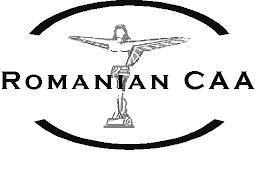The Civil Aviation Organization (ICAO International) adopted in October this year, at the 39th General Assembly, the framework agreement to reduce emissions from passenger and cargo aircraft, which currently generates more than 10,000 annually. tons of greenhouse gases.
The agreement provides for the application of carbon sequestration schemes. Thus, aircraft manufacturers will have to invest part of their profits in green projects, with the role of preventing the elimination of greenhouse gases or their capture and storage. Until the end of 2026, the neutralization scheme will be voluntary, and will only be mandatory from 2027.
To date, 60 states have pledged to abide by the agreement. Together, they generate 8% of the pollution from the airline industry. The biggest polluters, China and the United States, have said they will comply with the provisions by 2021, while India and Russia have not joined the initiative.
Negotiations on the imposition of pollution limits for the aviation industry have been under way for 6 years within the ICAO. In February this year, 23 countries, including the United States, agreed to impose a 4% reduction in in-flight fuel consumption on the aviation industry by 2028. However, it should be noted that the highest consumption is recorded during take-off. and landing.
The framework agreement is to be adopted by the UN Governing Council, as ICAO is a specialized UN body for civil aviation.
